EU declaration conformity
Duct CO2 sensor | Humidity protection | 24 V DC
Product description
This is a duct CO2 sensor for agricultural use. It has a coating to provide extra protection against humidity.
The sensor has an extremely broad CO2 measurement range of 0 - 10.000 ppm. It records temperature, relative humidity, and CO2 levels. The supply voltage is 24 V DC.
The measured values are transmitted via three analogue outputs and Modbus RTU. The CO2 sensor element can be replaced if necessary. Modbus RTU can be used to change the measurement ranges and other settings.
Documents
Additional specifications and description
CO2 measurements in air ducts 
Animals and people produce CO2 or carbon dioxide while breathing. That makes CO2 concentration a good indicator for the amount of fresh air supplied. The CO2 measurement is used to control the ventilation system in many applications. In air ducts, This HVAC sensor measures temperature, relative humidity, and CO2 in air ducts. The dew point is calculated using temperature and humidity. This sensor works best when installed in a straight section of the air duct. Avoid installing near filters, fans, cooling coils, and other sources of turbulent air. Place the sensor correctly in relation to the airflow direction. For more information, please refer to the mounting instructions.
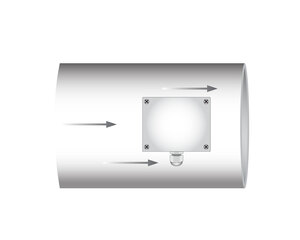
Animals and people produce CO2 or carbon dioxide while breathing. That makes CO2 concentration a good indicator for the amount of fresh air supplied. The CO2 measurement is used to control the ventilation system in many applications. In air ducts, This HVAC sensor measures temperature, relative humidity, and CO2 in air ducts. The dew point is calculated using temperature and humidity. This sensor works best when installed in a straight section of the air duct. Avoid installing near filters, fans, cooling coils, and other sources of turbulent air. Place the sensor correctly in relation to the airflow direction. For more information, please refer to the mounting instructions.
Coating to protect against humidity
The electronic components and the PCB of this duct transmitter are treated with a special coating to provide extra protection against humidity. The CO2 measurement range can be set from 0 to 10.000 ppm. This range is greater than that of standard CO2 sensors. As a result, the sensor is particularly suited to the agricultural sector or applications requiring high humidity.
NDIR sensor technology
NDIR or Non-dispersive Infrared technology is used to measure the CO2 level. This technology offers a low life-cycle cost and a precise and stable long-term operation. This sensor has three analogue outputs. Each of them transmits one of the measured values. E.g. by default, output 1 will transmit 0 V at 0 °C and 10 V at 50 °C. Each output value varies proportionally in function of the measured temperature, humidity or CO2 concentration. The measured temperature is available via output 1, relative humidity via output 2 and CO2 concentration via output 3.
Easy to use
This sensor requires very little configuration. It is almost directly usable once it has been installed. Temperature and relative humidity are often region- and seasonal-specific. These parameters are still adjusted to the correct values during installation. The other default settings will be suitable for most applications. However, they can also be adjusted via the respective Modbus registers if necessary. A different output type, for example, can be selected to make it compatible with other devices: 0-10 V DC; 0-20 mA; 0-100% PWM; Modbus RTU.
4-wire connection
The supply voltage is 24 V DC. The ground terminals of the power supply (V-) and output (GND) are internally not connected. This means that a 4-wire cable is required to connect this sensor. Most 24 V DC power supplies offer short circuit, overload and overvoltage protection. A 24 V DC supply voltage increases the safety and reliability of your installation.
Self-calibrating to compensate sensor drift
The ABC logic self-calibrating algorithm is by default enabled. This algorithm is designed to be used in applications where CO2 concentrations will drop to outside ambient conditions (400 ppm) at least once (15 minutes) in a 7day period, which is typically seen during unoccupied periods. The sensor will reach its operational accuracy after 25 hours of continuous operation at a condition that it was exposed to ambient reference levels of air at 400 ppm ± 10 ppm CO2.
The ABC logic self-calibrating algorithm is by default enabled. This algorithm is designed to be used in applications where CO2 concentrations will drop to outside ambient conditions (400 ppm) at least once (15 minutes) in a 7day period, which is typically seen during unoccupied periods. The sensor will reach its operational accuracy after 25 hours of continuous operation at a condition that it was exposed to ambient reference levels of air at 400 ppm ± 10 ppm CO2.
Air ducts
The enclosure is optimised for CO2 measurements in air ducts. It offers an IP54 protection against ingress of dust and moisture. The sensor element is integrated in the probe of the duct sensor. This probe has an opening to have a direct contact between the air flow and the sensor element. The sensor probe offers an IP20 protection.
∞ Monitoring air quality
The enclosure is optimised for CO2 measurements in air ducts. It offers an IP54 protection against ingress of dust and moisture. The sensor element is integrated in the probe of the duct sensor. This probe has an opening to have a direct contact between the air flow and the sensor element. The sensor probe offers an IP20 protection.
∞ Monitoring air quality

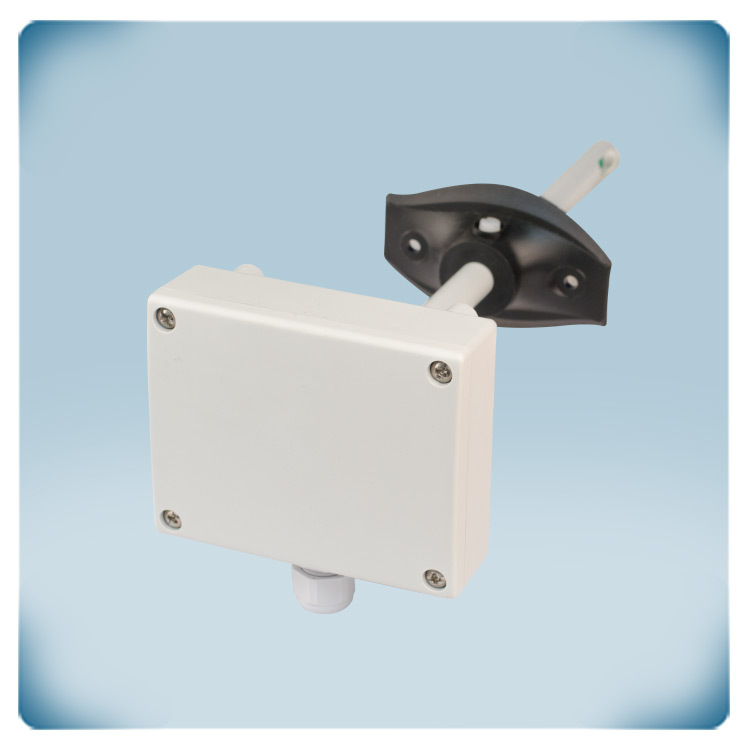
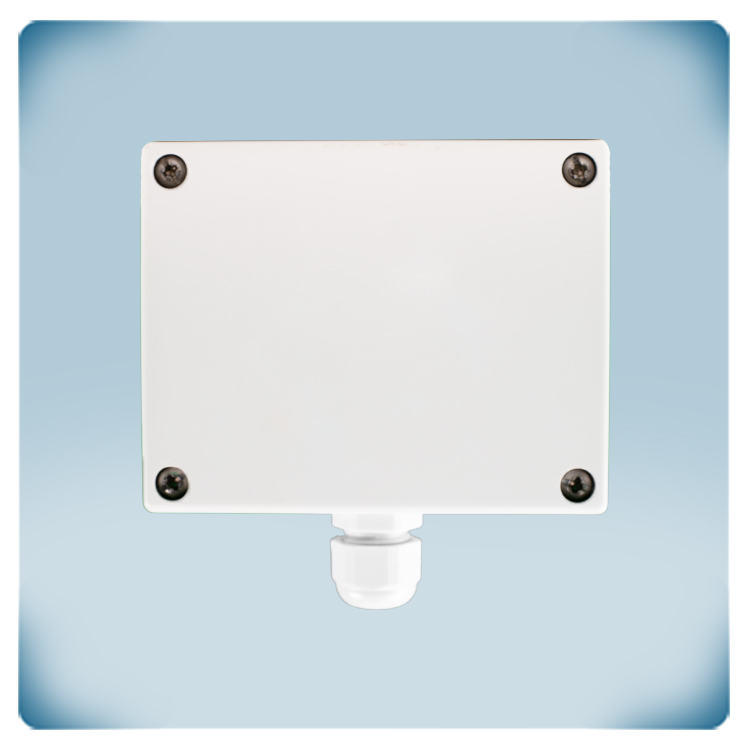
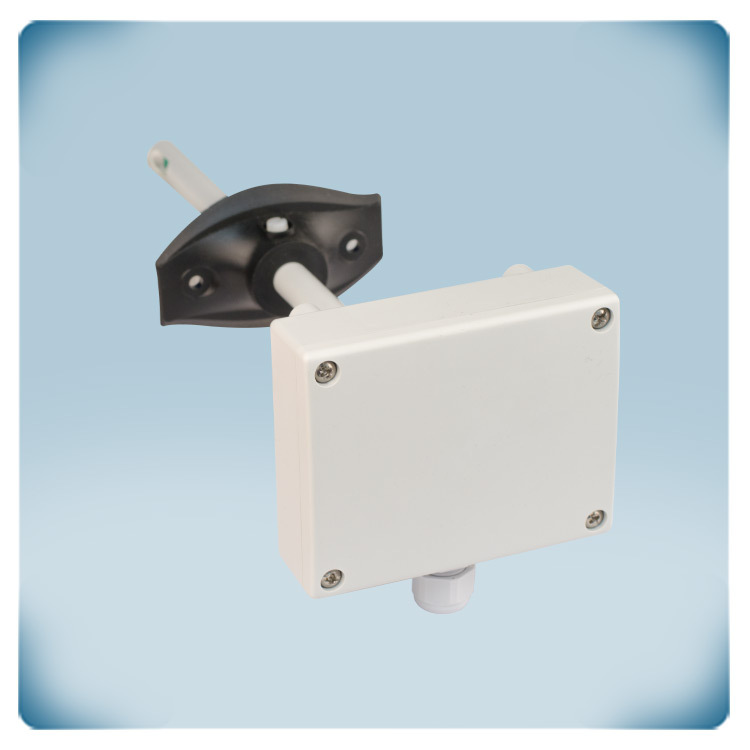
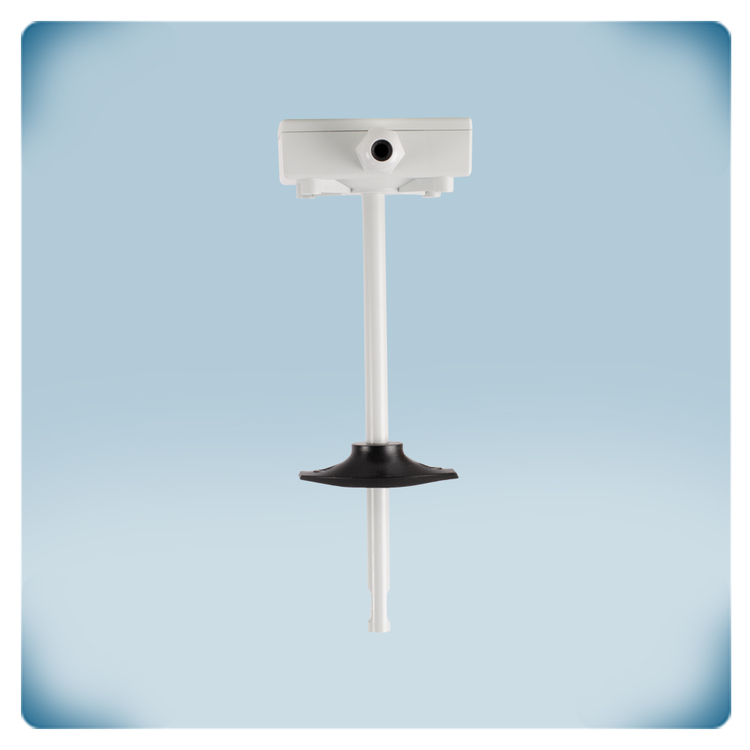
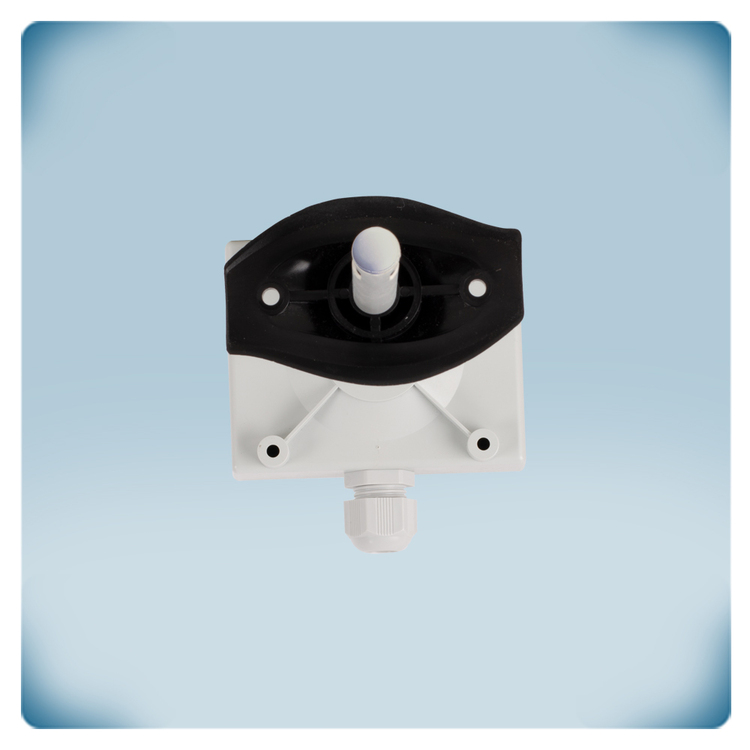
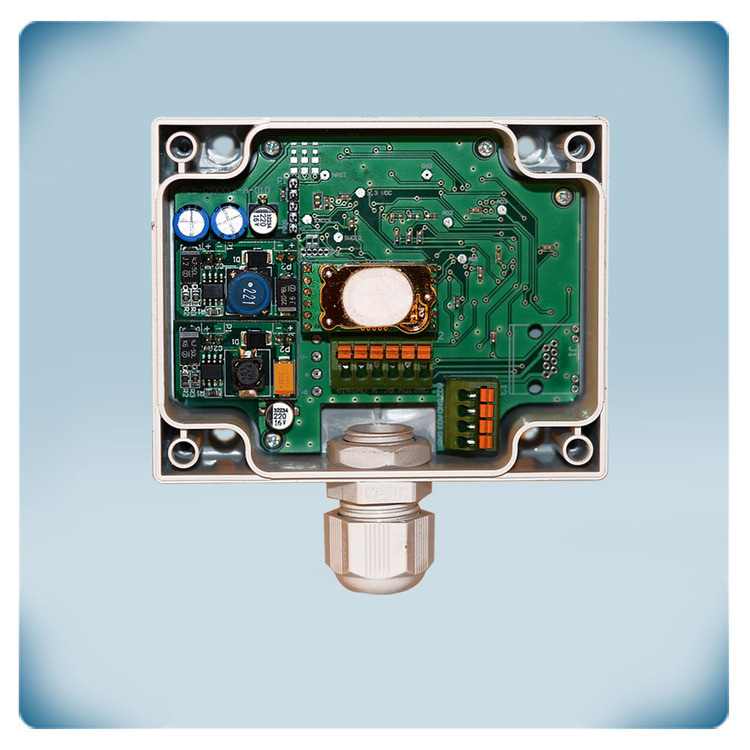
.webp)
.webp)
.webp)
.webp)
.webp)
.webp)
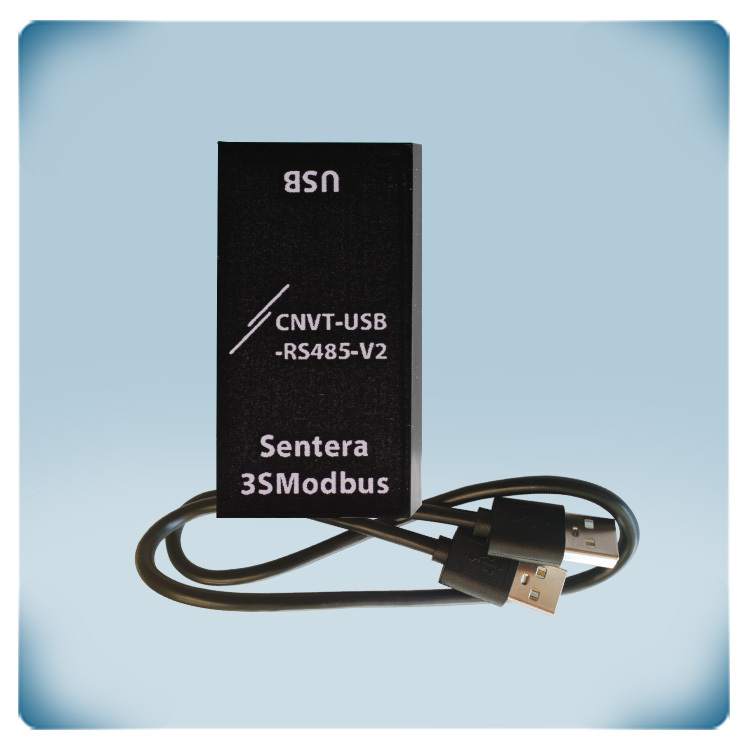
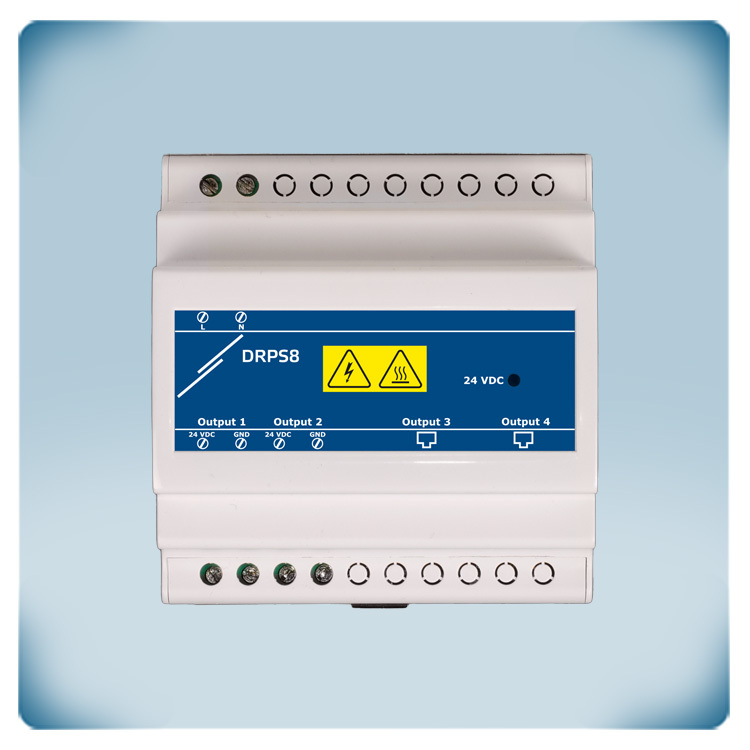
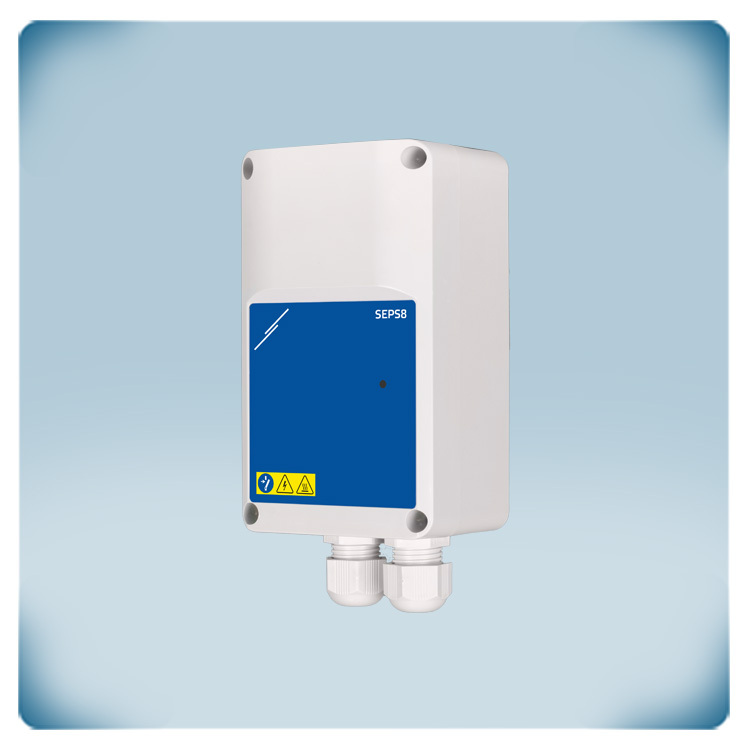
Remarks, reviews & ratings